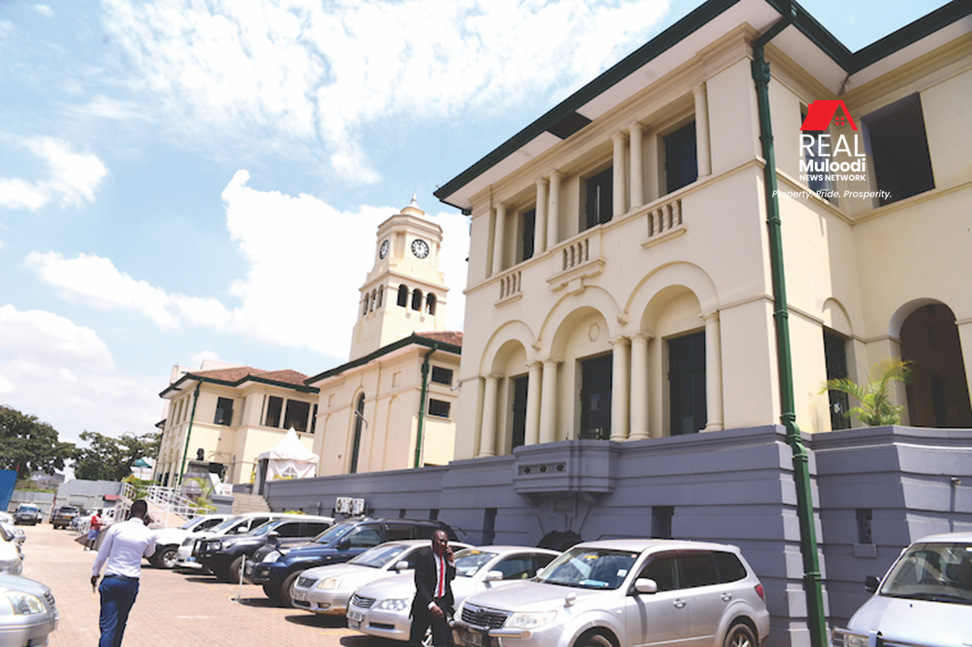UGANDA, Kampala | Real Muloodi News | Uganda’s rich architectural heritage faces an alarming threat as a confluence of factors fuels the demolition of historic buildings with immense cultural value.
Despite the potential for these structures to become vital tourism centres and venues for significant events, many developers in the country prioritise the construction of new buildings over preserving existing ones.
Conservation specialists, who champion the importance of safeguarding heritage buildings, fear that their message is not resonating, leading to the loss of invaluable pieces of Uganda’s history.
Jinja’s Precarious Balancing Act
Jinja, renowned as a vibrant tourism hub, has experienced creeping gentrification that poses a risk to its unique architectural heritage.
Among the casualties of mismanagement and property disputes is Ripon Hotel, once the abode of Queen Elizabeth II during her visit to Uganda in 1954.
The city’s authorities are determined to protect its historic architecture, recognising that the preservation of these old structures not only adds beauty and authenticity but also sets Jinja apart from other cities.
Preserving Jinja’s Historical Gems
Despite the threats, Jinja remains home to various historic buildings boasting unique architectural designs. Among them is the revered Madhvani building on Main Street, which holds great historical significance.
Constructed in 1919, it served as the first family home for Muljibhai Prabhudas Madhvani, an MBE who played a prominent role in Ugandan history.
To maintain its authenticity, the building underwent careful repair and preservation works, showcasing the value of tangible representations of the past.
Gentrification in Kampala
Kampala, the capital city, has faced its share of challenges in preserving its historic buildings due to the refurbishment and retrofitting of older properties.
In 2016, a government plan to demolish the National Theatre in favour of a modern mall met strong opposition from the arts and culture fraternity.
Similarly, the demolition of the Shimoni Demonstration Primary School in 2007 made way for a shopping mall, illustrating the uphill battle of conservation efforts in the city.
Mbarara City’s Heritage Sites
Mbarara City is home to rich history and heritage, exemplified by sites such as the Mugaba Palace atop Kamukuzi Hill, designated as a Unesco heritage site.
Despite this recognition, the palace faces deterioration. Preservation efforts have been made in structures like St James Cathedral and Mbarara High School atop Ruharo Hill, which boast significant historical importance.
Recognising the value of preserving heritage, Uganda has nearly 700 historic sites profiled for safeguarding and promotion.
The Museums and Monuments Act passed in June, aims to protect these sites and enable collaboration with current custodians for preservation efforts.
The Act outlines various measures to safeguard sites and encourages cooperation with private owners to preserve these cultural treasures.
Preserving the Past for a Vibrant Future
Uganda’s heritage buildings stand as a testament to the nation’s history and cultural identity. Preserving these structures is crucial to maintaining a connection to the past while shaping a vibrant future.
Through collaborative efforts between stakeholders and effective legal provisions, the country can protect and celebrate its rich architectural heritage for generations to come.
READ MORE LIKE THIS:



